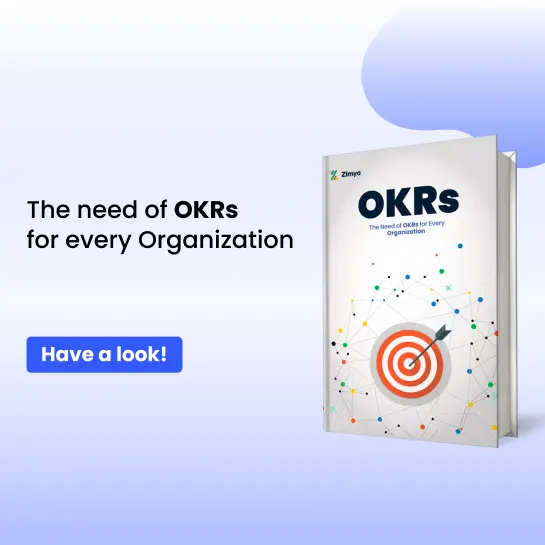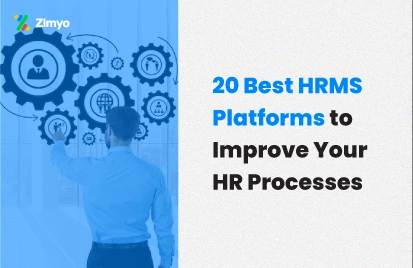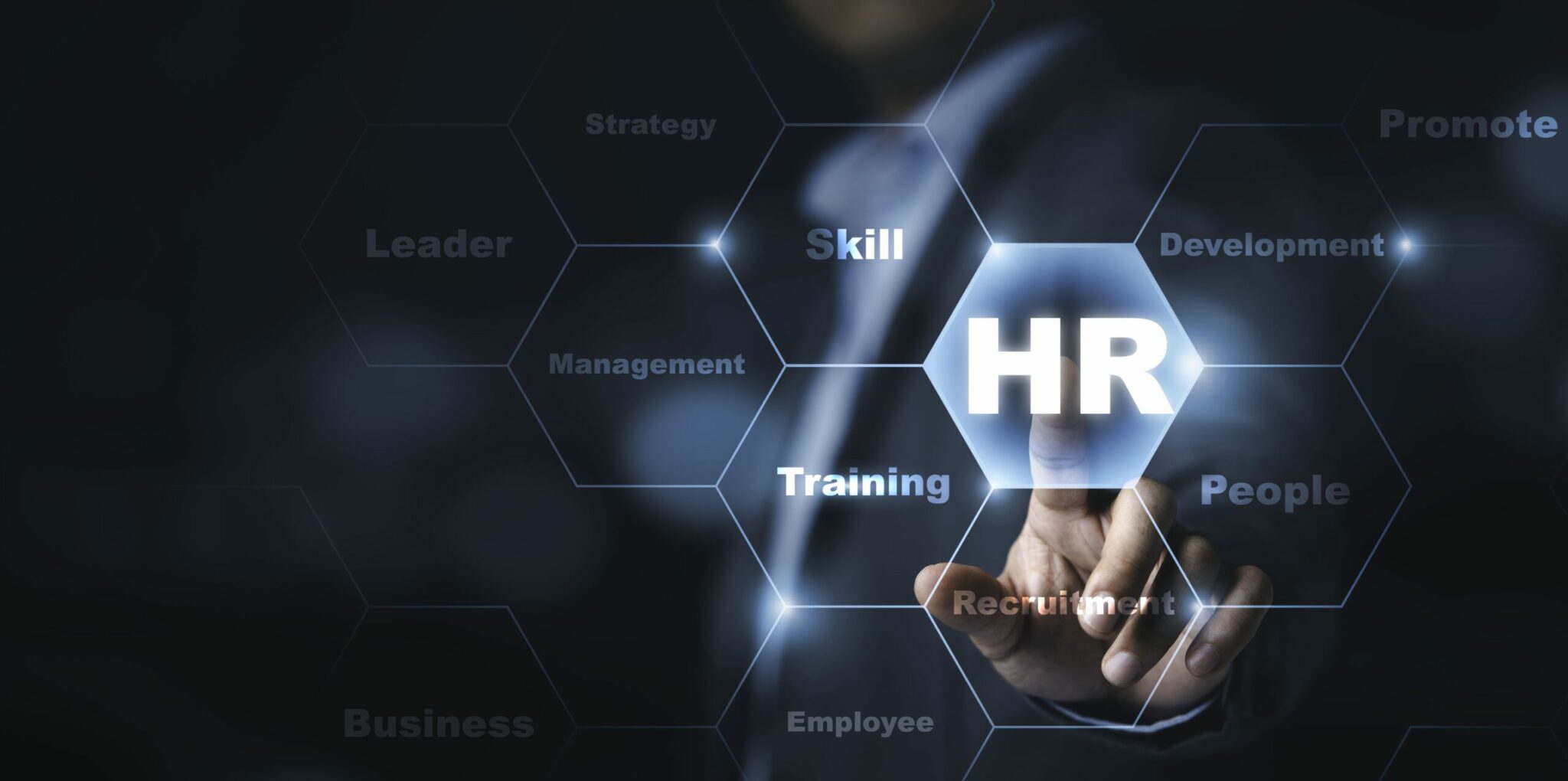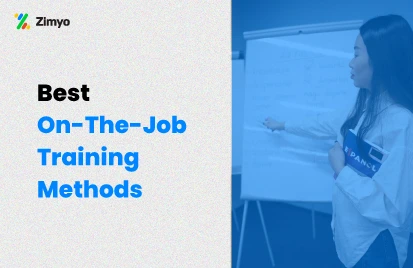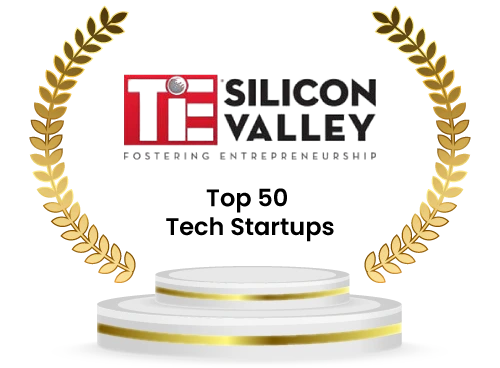Picture going to a job where all of the people are the same, think the same, and behave the same. Is that boring, or what? Picture another job where individuals with different backgrounds, gender, ethnicity, and abilities work together, exchange ideas, and are equally valued. That’s the true strength of DEI and DEI full form is Diversity, Equity, and Inclusion.
Over the past few years, DEI has become more than just a buzzword – it’s a movement. Organizations worldwide are realizing that fostering diversity, equity, and inclusion is not just about “doing the right thing.” It’s about building stronger teams, attracting top talent, and driving innovation. In this blog, we’ll dive deep into DEI meaning, why it matters in HR and hiring, and how businesses can implement impactful DEI programs and policies.
What is DEI/DEIB?
DEI refers to Diversity, Equity, and Inclusion, with DEIB including another important component: Belonging. Organizations use all these terms to create the basis for having work cultures in which every single employee feels valued, respected, and empowered.
- Diversity refers to representation, having individuals from diverse backgrounds.
- Equity provides equal treatment and opportunities for everyone.
- Inclusion is when everyone feels welcome and their voice is heard.
- Belonging brings in the emotional component, workers feel that they really “belong” and are accepted.
For instance, suppose an organisation recruits individuals from diverse groups (diversity). However, if only a specific group gets promoted, equity is not there. Even if equity is provided, workers might not feel like they are included in decision-making unless inclusion is a priority. And if they don’t feel a connection, belonging is not present.
What is Diversity?
Diversity is the distinctive composition of individuals working in a workplace. It encompasses variations in:
- Race and ethnicity
- Gender identity
- Sexual orientation
- Age and generation
- Physical abilities and disabilities
- Education and socioeconomic status
- Points of view and thinking processes
Consider diversity as a potluck dinner: each person brings something different to the table, making the experience richer for everyone. In the workplace, diversity is about bringing different talents, skills, and perspectives together to create more creativity and sound decision-making.
What is Equity?
Equity promotes fairness by acknowledging that not everyone begins from the same point. Unlike equality, providing everyone with the same things – equity gives resources based on what individuals need.
An example most people are familiar with is the illustration of three individuals of varying heights attempting to see a baseball game from behind a fence. Equality provides them with the same stool, but the shortest individual still cannot see. Equity provides each individual a stool of a height personalized to him or her, so everyone has an equivalent view.
At the workplace, equity might appear in the form of providing assistive devices for employees with disabilities or having mentorship programs for underrepresented groups.
What is Inclusion?
Inclusion is ensuring that after hiring, individuals are not only there but also actively participating. It’s ensuring that every voice matters, decisions are made together, and individuals feel psychologically safe.
A real-life anecdote: Women engineers at an international IT company reported being recruited in equal proportions but not being invited to critical brainstorming meetings. This exclusion resulted in lost opportunities for innovative ideas. After the company implemented inclusive meeting habits, innovation ratings shot through the roof.
Why is Diversity, Equity, and Inclusion Important?
It’s all about people at its fundamental level. Employees aren’t workers – they’re individuals with divergent experiences, cultures, and views. When organizations adopt DEI, they tap into the strength of those differences.
Here’s why DEI is so important:
1. Stronger Innovation and Creativity
Picture a problem-solving team consisting of all engineers who went to the same school, were taught by the same professors, and perceive the world in the same way. Their solutions will be constrained. Picture a team consisting of engineers, designers, individuals from different age groups, and individuals with diverse cultural perspectives. Suddenly, innovative, creative solutions come forth.
Research indicates that diverse firms are 1.7 times more likely to be innovation leaders in their markets. Why? Because different thinking generates breakthrough ideas.
2. Improved Decision-Making
Inclusion and diversity reduce blind spots. When individuals from diverse backgrounds question assumptions, firms make better-rounded, customer-focused decisions.
Example: One retail brand released a skincare line without thinking through various skin tones. The negative reaction was instantaneous. They brought on a more diverse products team, then reintroduced with an inclusive line that was a best seller.
3. Employee Engagement and Retention
Workers desire to work for companies where they are valued and respected. DEI initiatives ensure this happens, which results in increased job satisfaction and reduced turnover. As a matter of fact, studies show that workers who are made to feel included are 3 times more likely to engage at work. So employee engagement is very important.
4. Business Reputation and Customer Trust
Customers now demand brands to practice what they preach in fairness and representation. Visible DEI policies help companies earn more trust from their clients and partners.
How Does Diversity, Equity, and Inclusion Work in the Workplace?
So, what does DEI look like in everyday workplace scenarios? Let’s break it down:
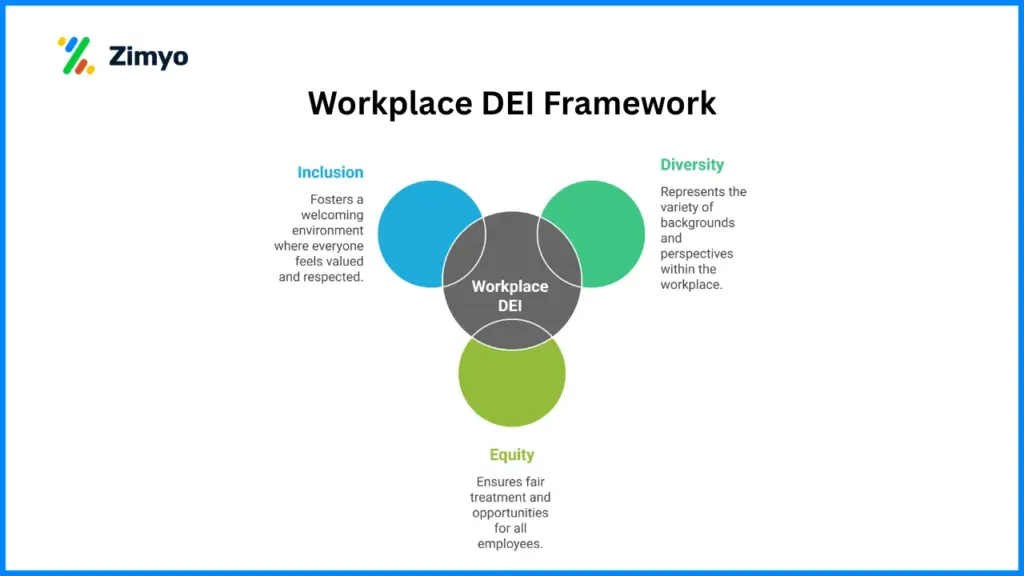
1. Diversity in the Workplace
Diversity begins with representation. It’s about bringing in employees of different genders, races, ages, abilities, and ways of thinking. But it doesn’t stop at hiring, it goes into project teams, leadership positions, and even boardrooms.
Example:A technology startup discovered that young male programmers were developing much of its software. When the company added more women and mid-career workers, the team found accessibility issues that they had not noticed before. Result? An improved product, making it more user-friendly.
2. Equity in the Workplace
Equity provides each employee with equal access to opportunities. In contrast to equality (treating everyone the same), equity prioritizes each person’s needs in order to succeed.
Example: Two new employees at a company, one straight out of college and one a working parent. Equality would be that both are supposed to stay for late-night meetings. Organizations provide flexible shifts or support systems so each person can fully participate without being put at a disadvantage.
3. Inclusion in the Workplace
All voices are heard and respected when inclusion occurs. Hiring diverse individuals is not enough if they are not involved in decision-making.
Case study: An international company implemented “inclusive meetings” by changing facilitators and making sure everyone had a chance to speak. Workers saw a 40% boost in feeling respected and engaged.
Tools such as anonymous surveys, employee resource groups (ERGs), and bias-free feedback processes enable organizations to inculcate inclusion in the culture.
Diversity, inclusion, and equity exist in a triangle. Take away one, and the balance of the workplace is disrupted.
Challenges of Employee Underrepresentation
Despite increasing awareness, numerous organizations face the challenge of employee underrepresentation, when key groups are absent or marginalized within the workplace.
Common Challenges:
1. Lack of Role Models
When underrepresented staff don’t see individuals like them in positions of leadership, it builds a psychological boundary. For instance, women technologists frequently feel constrained if they hardly ever notice women leaders within engineering or product functions.
2. Isolation and Tokenism
It does not take more than one or two minority hires to hire to necessarily be considered inclusive. They can feel like “tokens,” hired solely to satisfy a requirement, not because their contribution is really wanted.
Scenario: One woman is the sole female manager at a company. And is constantly being asked to speak on “women’s issues,” rather than on her main expertise. Gradually, that person will start to feel marginalized instead of empowered.
3. Limited Perspectives in Decision-Making
When certain voices are not heard, organizations are likely to create products, policies, or services that do not benefit all stakeholders. An example is the early voice-recognition technology that had difficulty with accents and female speech because the teams that made them lacked diversity.
4. Unconscious Bias in Hiring and Promotions
Even with good intentions, biases find their way into hiring, like preferring candidates from particular schools, areas, or cultures. This leads to full groups being underrepresented, particularly at senior levels.
5. Retention Challenges
Even if diverse individuals are brought in, underrepresentation creates barriers to retention. Without belonging, employees tend to feel disconnected and depart for more inclusive organizations.
Why Tackling Underrepresentation Matters
Underrepresentation is not merely an HR problem, it’s a business problem. Diverse perspectives create equilibrium in decision-making, foster creativity, and tie businesses to broader audiences. To address it takes intentional DEI hire strategies, robust mentorship programs, and continuing dedication to DEI policies.
Advantages of DEI Programs to Organizations
When businesses adopt diversity, equity, and inclusion, they’re not merely doing the “right” thing, they’re making an investment in business success. A robust DEI culture has a ripple effect throughout all levels of an organization.
1. Improved Innovation and Problem-Solving
A group comprised of similar backgrounds tends to develop similar solutions. But a group composed of diversity at work brings innovative thinking to the table.
Example: An international fashion house that expanded its design staff found a direct increase in new product lines targeting various body types and cultural tastes. These product lines were bestsellers, purely because more viewpoints were put into the design process.
2. Better Employee Retention and Engagement
Workers who feel valued and included are much more likely to remain improving employee retention. DEI initiatives provide a setting where individuals don’t merely work – thrive.
Gallup studies indicate businesses with cultures of inclusivity have turnover rates 22% lower. When staff witness equitable promotions, equitable compensation, and inclusive policies, they feel incentivized to give long-term.
3. Improved Employer Brand
Today’s workers, particularly Gen Z, care as much about values as they do about pay. An organization with transparent DEI policies conveys equality, transparency, and respect, which makes it a destination for the best and brightest.
4. Better Customer Connection
Diverse companies have diverse customers. When your employees are similar to your customers, your company is more approachable and customer-centered.
Scenario: A banking company found that by employing workers who spoke several languages, client satisfaction in multilingual markets increased exponentially. Employees could engage with customers in their native language, establishing trust and loyalty.
5. Boosted Financial Performance
McKinsey research indicates that financially outperforming competitors is more likely for companies with diverse leadership teams. Inclusion isn’t a “feel-good” practice, it generates profit.
Briefly, DEI is a business multiplier. Employee satisfaction, customer loyalty, and bottom-line outcomes: the returns from diversity, inclusion, and equity far exceed what meets the eye.
How to Put DEI into Practice in the Workplace
Establishing a workplace built on diversity, equity, and inclusion does not occur overnight. It takes commitment, strategic planning, and ongoing effort. The following is a step-by-step process organizations can follow:
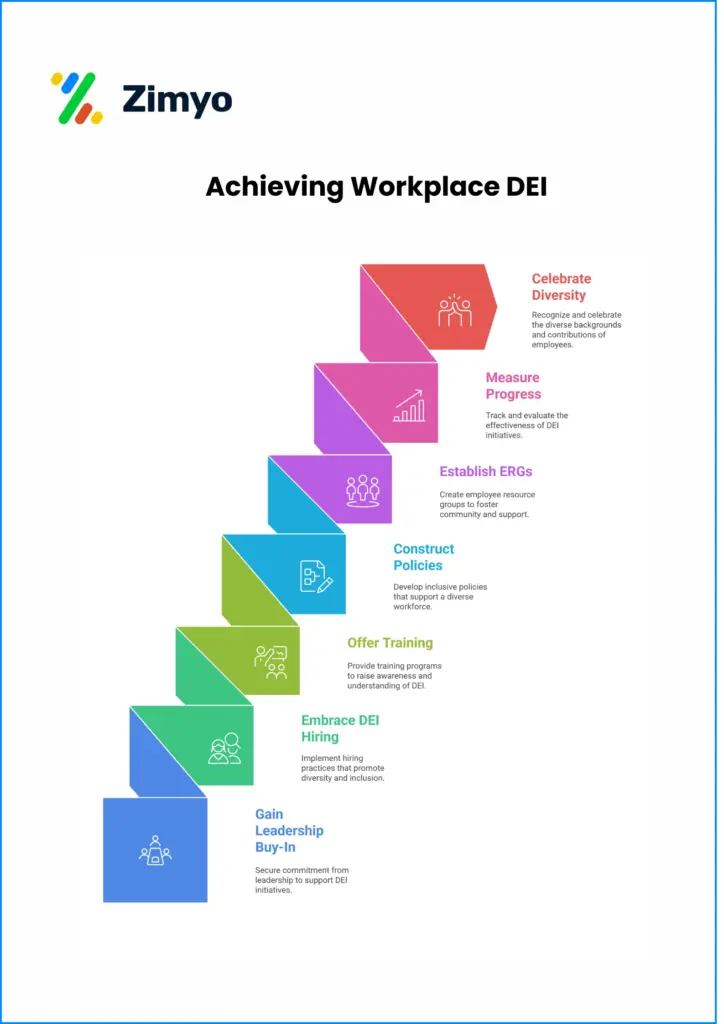
1. Gain Leadership Buy-In
DEI has to begin at the top. Leaders must lead by example, clearly communicate why DEI is important, and engage actively in activities. Without leadership support, DEI is a side project rather than a core value.
2. Embrace DEI Hiring Practices
- Utilize blind resume screening to reduce unconscious bias.
- Develop DEI hire plans by diversifying interview teams.
- Write inclusive job advertisements that solicit underrepresented group applicants.
Example: A software firm eliminated gender-coded terms such as “rockstar” or “ninja” from advertisements, and female applications rose by 30%.
3. Offer Training and Awareness Programmes
Run workshops on unconscious bias, cultural sensitivity, and inclusive leadership. Training enables workers to identify and address behaviors that unconsciously exclude others.
4. Construct Inclusive Policies
Policies need to promote equity throughout all stages of the employee life cycle:
- Equitable pay and advancement.
- Flexible caregiving work arrangements.
- Access for the physically disabled employees.
- Zero-tolerance for discrimination or harassment.
5. Establish Employee Resource Groups (ERGs)
ERGs enable employees from the same backgrounds or interests to communicate and commiserate. Women in leadership, LGBTQ+ allies, or multicultural communities, for instance. These communities enhance a sense of belonging and give voice to underrepresented groups.
6. Measure and Track Progress
DEI is not a “set-and-forget” project. Monitor progress using employee surveys, hiring data, and promotion statistics. Platforms such as Zimyo’s HRMS can assist organizations in tracking representation and employee sentiment in real-time.
7. Celebrate Diversity
Mark cultural festivals, diverse employees’ achievements, and moments representing inclusive values. Such celebrations bring visibility and indicate to employees that differences are appreciated.
What’s the Difference Between Inclusion and Belonging?
On the surface, inclusion and belonging sound like the same thing, but they’re not. Let’s dissect it with a simple metaphor.
- Inclusion: You’re invited to the dinner party.
- Belonging: You feel comfortable enough to eat, laugh, and share stories without holding back.
Inclusion
Inclusion ensures that everyone has a seat at the table. It’s about participation, being consulted in decisions, and having your voice heard.
For instance, a company might hire a diverse team and invite everyone to brainstorming meetings. That’s inclusion, it guarantees access and involvement.
Belonging
Belonging goes a step further. It’s the emotional connection people feel when they know they’re accepted just as they are.
Scenario: Consider two employees at a company. Both are included in meetings. But only one feels safe enough to share bold, unconventional ideas without fear of judgment. That’s belonging, feeling secure, supported, and valued.
Why the Difference Matters
Organizations often stop at inclusion, thinking that once people are “in the room,” the job is done. But without belonging, employees may feel like outsiders, even if they’re included. This emotional gap affects engagement and performance.
Belonging is what transforms a workplace from “I have to be here” to “I want to be here.”
How Zimyo Can Help
It reads well on paper to implement diversity, equity, and inclusion (DEI) at work, but most companies find it hard to make it a reality. That’s where Zimyo enters the picture. Being a contemporary HRMS solution, Zimyo enables companies to speak about DEI but also infuse it in their day-to-day activities.
Here’s how Zimyo facilitates DEI initiatives:
1. Data-Driven Insights on Workforce Diversity
Zimyo’s deep analytics enable HR executives to monitor representation by department, job, and levels of seniority. This aids in detecting underrepresentation, identifying gaps in promotion or compensation, and building effective DEI programs.
Scenario: Assume that a firm realizes, with Zimyo dashboards, that women are adequately represented at junior levels but lacking at leadership levels. Based on such data insight, they are able to establish mentorship opportunities and fair promotion routes.
2. Bias-Free Recruitment and DEI Hiring
With Zimyo’s hiring tools, organizations can use DEI hire practices like:
- Blind resume screening.
- Bias-free, structured evaluation processes.
- Equal-opportunity job advertisements.
This ensures candidates are evaluated based on their abilities, not for reasons such as gender, name, or background.
Check Out Zimyo ATS for Smooth Hiring.
3. Fair and Transparent HR Policies
Equity is all about fairness and Zimyo makes transparency possible. From payrolls to performance appraisals, the platform minimizes bias by:
- Automating pay scales so that employees are properly compensated.
- Providing unbiased performance reviews.
- Publishing policy information openly for all employees.
This facilitates companies to apply DEI policies uniformly across the board.
4. Employee Engagement and Belonging
Zimyo’s employee feedback systems, engagement tools, and survey mechanisms empower the voice of employees. HR leaders can leverage these insights to create inclusive cultures where employees feel heard and empowered.
Example: A survey by Zimyo may show that employees from some backgrounds don’t feel at ease during team meetings. HR can then initiate specific campaigns such as inclusive leadership training.
5. Flexibility and Accessibility
To help equity bloom, each employee must have what they require to excel. Zimyo offers flexible leave management, accessibility tools, and remote work collaboration tools, enabling employees with varying needs to feel included.
Essentially, Zimyo is the pillar for DEI in HR. It helps businesses transition from intention to action, from policy to effect, and from inclusion to authentic belonging.
Conclusion
DEI meaning goes far beyond policies and checklists – it’s about building workplaces where individuals feel seen, supported, and celebrated. Diversity guarantees various voices are represented, equity guarantees equal opportunities, inclusion ensures those voices are amplified, and belonging guarantees employees feel like home. Collectively, these ideals revolutionize organizations into successful ecosystems of innovation and trust.
But here’s the thing: DEI does not happen overnight. It takes effort, intentional DEI initiatives, and metrics to track progress. Organizations that commit to diversity, equity, and inclusion are not merely creating equitable workplaces, They’re creating future-proof businesses.
And that’s where Zimyo excels. By making hiring easier with DEI, fostering equitable policies, and making employees feel like they belong, Zimyo equips organizations to make DEI a reality.
Ultimately, the actual success of DEI isn’t representation, it’s transformation. It’s when a worker, whoever they may be, can walk into the office and proclaim: “This is where I belong.”
Frequently Asked Questions (FAQs)
What does DEI in HR mean?
DEI in HR means integrating diversity, equity, and inclusion into all HR practices, from hiring and promotions to policies and employee engagement – so every employee feels valued and treated fairly.
What is DEI and give an example?
DEI stands for Diversity, Equity, and Inclusion. An example is blind resume screening during recruitment to avoid bias and ensure fair hiring.
How can HR support DEI?
HR can support DEI by implementing inclusive hiring practices, ensuring pay equity, drafting fair DEI policies, conducting bias-awareness training, and promoting a culture of belonging.
What are the 5 steps of DEI?
The 5 key steps of DEI are:
- Leadership commitment.
- Inclusive hiring and DEI programs.
- Equity-driven HR policies.
- Training and awareness.
- Measuring progress with data and feedback.
What is DEI full form?
The DEI full form is diversity, equity and inclusion.

